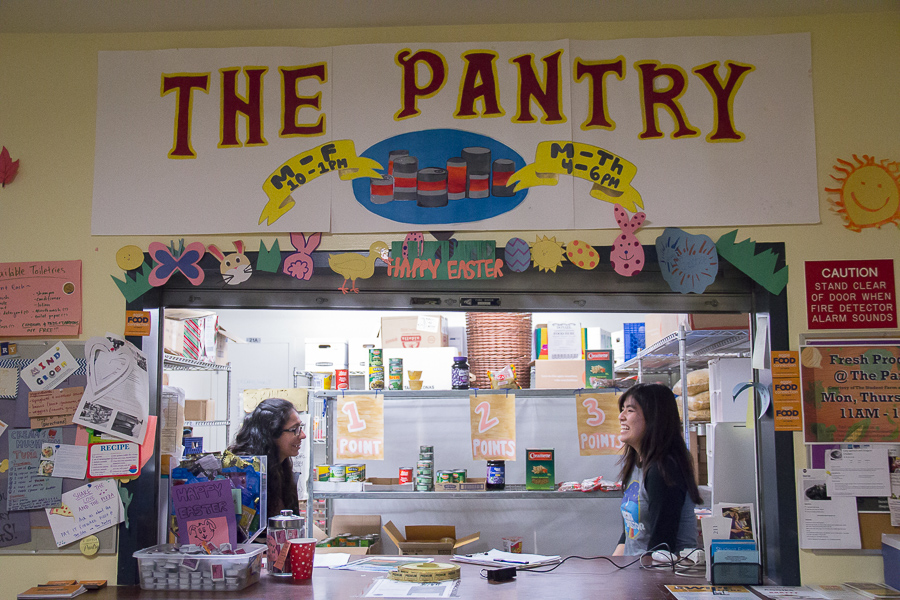
AB 214, AB 543 aim to help California college students
Two new bills were introduced this year in the California State Assembly, both of which aim to alleviate the issue of food insecurity on California college campuses.
Assembly Bill (AB) 214, authored by Assemblymember Shirley N. Weber (D-San Diego), would help simplify the administrative process for college students applying for CalFresh as well as require the California Student Aid Commission to notify students of their eligibility for the program.
“A lot of low-income students have difficulty accessing anti-hunger programs because of unclearly written policies,” Weber said in a statement. “This bill is aimed at clarifying those policies and to streamline student access to programs that would help them alleviate food insecurity.”
AB 453, authored by Monique Limón (D-Santa Barbara), would require the California State University (CSU) Trustees and the California Community Colleges (CCC) Board of Governors, and would encourage the University of California (UC) Regents, to designate their campuses as “hunger free.” Each campus that does so will receive funding incentives.
A hunger free campus would require a food pantry, a campus employee hired to help students enroll in CalFresh and a meal sharing program through which students can donate their unused meal plan credits to students in need.
Christopher Nellum, a policy director for Young Invincibles, a group which focuses on issues surrounding higher education, healthcare and financial security, said that the current policy proposals to curb student hunger in California have come after a culminating effort to bring attention to the issue.
“There’s been a lot of good work that people have done to raise awareness about the issue of food insecurity,” Nellum said. “College hunger is often an invisible experience, so people are having the experience but other people may not know, so I think it’s coming up now because we have a better sense of its prevalence.”
In 2015, the UC found that 42 percent of its students did not have access to adequate food or nutrition, while the CSU found that roughly a quarter of its students were food insecure.
Daniel Nagey, a second-year managerial economics and psychology double major and an ASUCD senator who campaigned on food insecurity, said that streamlining the application process for CalFresh is important because the process can be difficult.
“The application process for CalFresh is really complicated and really complex,” Nagey said. “You have to go through like an interview process and it’s stressful and nobody really knows how to do it. There’s no guide, it’s kind of like all the other things we have to do like taxes, where nobody really teaches you, but unfortunately you know, with something like CalFresh, you either are eating or not.”
Nagey, who adopted The Pantry as a unit, also helped plan this year’s Aggie Food Connection Fair on May 17, which will showcase a variety of healthy food resources available to students.
“I think it takes a lot to admit that you’re food insecure because it also has a lot of stigma that comes with it,” Nagey said. “Saying you’re food insecure means that you’re low income. It means that you’re probably battling a lot of other financial hardships, especially on a college campus where the majority of people are middle class and don’t really have that problem.”
Written by: Ivan Valenzuela — campus@theaggie.org



